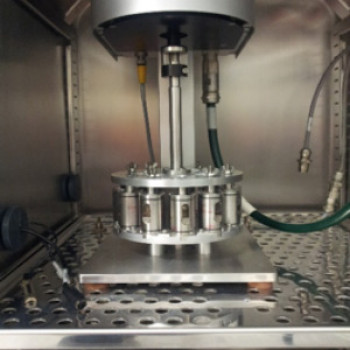Project
The Role of High Frequency Loading In the Treatment of Tendinopathy
| Primary Investigator: | Chineye Udeze |
| Co-investigators: | Hazel Screen |
| Dylan Morrissey | |
| Graham Riley | |
| Funder: | Orthopaedic Research UK Funded. OR UK 490 |
Tendons function mainly for force transmission, and storage and release of elastic energy. They can be classified into two major groups, depending on the characteristics of the tendon and type of activities they performed; energy storing (ES) tendon and positional tendons. ES tendons, such as the human Achilles tendon, are high strain tendons that store and release elastic potential energy during locomotion (i.e. running, walking, jumping and hopping). ES are more prone to injury and micro-damage because of their function. Tendinopathy is common among athletes accounting for about 30-50% of all sport injuries.
It is known that exercise therapy is effective in improving function and reducing pain for patients suffering with tendinopathy. However, we have specifically shown that the most effective exercise therapies for tendinopathy generate a 10Hz vibration in the tendon during the exercise. We are interested in the hypothesis that this 10Hz stimulus is the important factor by which exercises encourage tendon repair. We know that all cells detect and respond to mechanical stimuli, through the process of mechanotransduction, and hypothesis that 10Hz loading is a key mechanotransduction stimulus for tendon cells (tenocytes) encouraging cell mediated tissue recovery.
The aim of this project is to investigate and compare the effect of perturbation frequency and magnitude on tenocyte metabolism and repair. We have set up 3D collagen gels, in which we can subject tenocytes to 10Hz loading, and will investigate gene expression in response to these stimuli.


